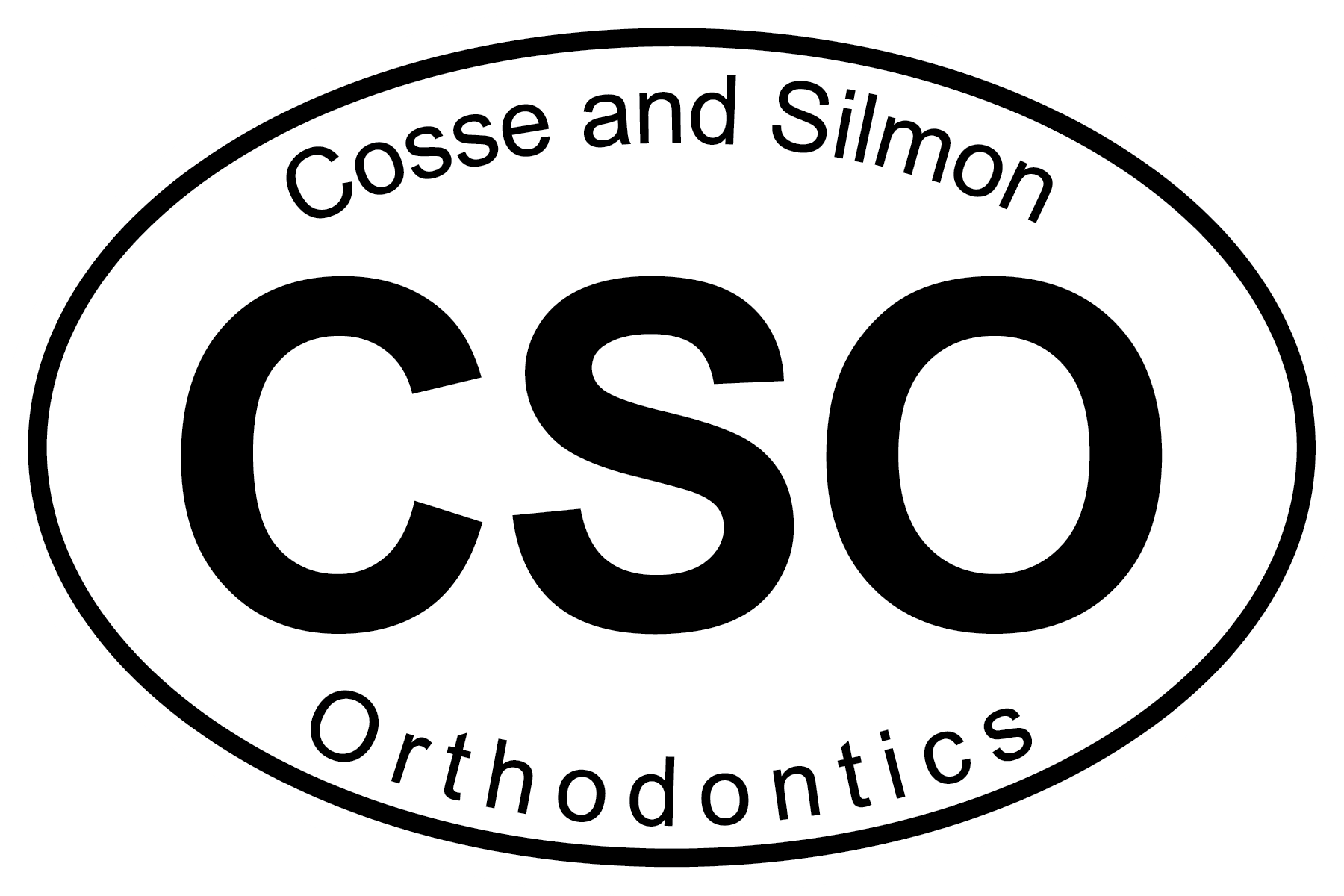TWO-PHASE TREATMENT
Two-phase orthodontic treatment is a specialized approach to orthodontic care that involves two distinct phases of treatment, typically starting at an early age. This treatment approach aims to guide the growth and development of the jaw and address specific dental issues, ultimately leading to improved dental and facial aesthetics, better oral health, and potentially preventing more severe dental problems from developing later on.
Two-phase orthodontic treatment typically involves two distinct phases:
Phase One
This phase is usually recommended for children between the ages of 7 and 10 years old. Phase one aims to address specific dental issues such as crowding, spacing, crossbites, overbites, or underbites.
Orthodontic appliances such as expanders, partial braces, or retainers are used to guide jaw growth, create space for adult teeth, and correct any issues with the bite. Phase one typically lasts around 12-18 months.
Resting Period
After phase one is completed, there is a waiting period while the remaining adult teeth erupt. During this waiting period, patients may wear a retainer to maintain the progress made during phase one.
The waiting period allows for further jaw growth and development before the final phase of treatment begins.
Phase Two
Phase two usually begins around the age of 12-13, once all adult teeth have emerged. The goal of phase two is to finalize the alignment of teeth and improve the overall appearance and function of the bite.
Full braces or other orthodontic appliances are used to achieve this goal. Phase two typically lasts around 18-24 months.
By completing both phases of treatment, patients can achieve a healthy, beautiful smile with proper jaw development and alignment.

